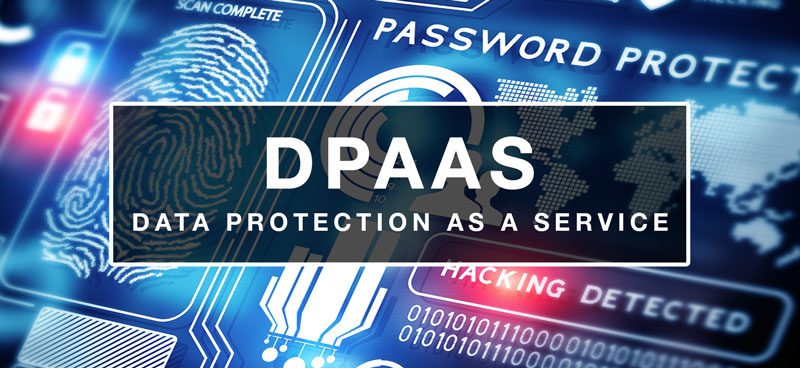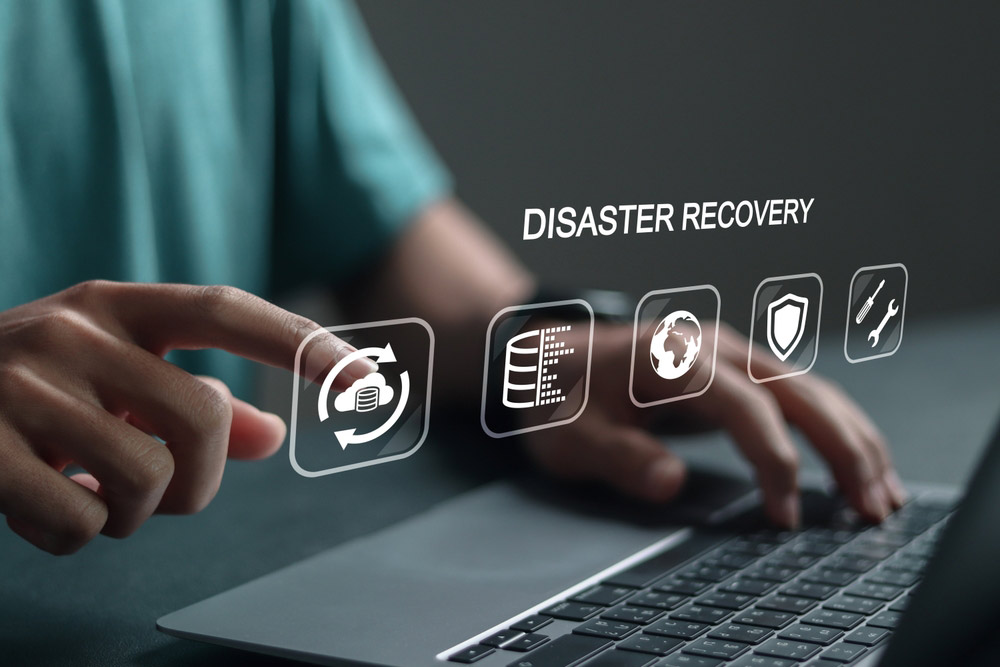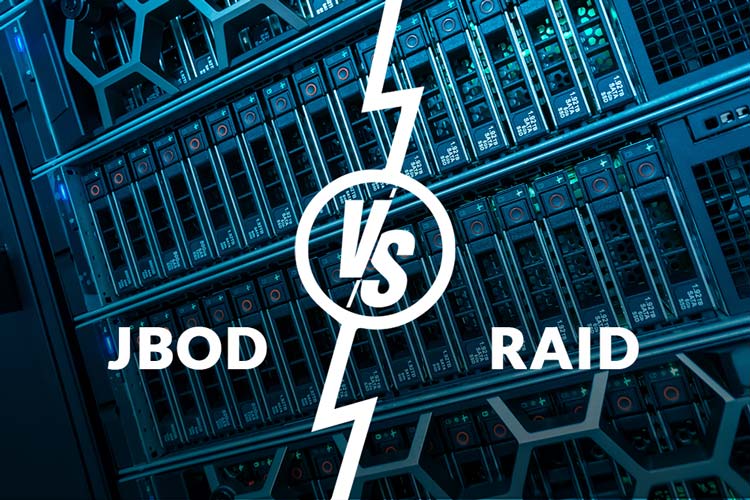As business needs grow and evolve, so does the level of the services that they require to operate effectively in a technology-driven world. Due to the increased growth in cloud services’ popularity, many businesses are looking to enhance their hosted services to give them access to better benefits such as higher scalability, management, and recovery options.
To better meet their client’s needs, many cloud storage and data security companies are developing “data protection as a service” models. This allows these cloud storage providers to monetize and streamline their data protection approaches, offering their clients the opportunity to ensure their data is kept safe.
On a somewhat more abstract note, data protection as a service (DPaaS) also provides clients with the intangible but important benefit of greater peace of mind. Assuming that the data protection services provided to the client offer improved security, this can improve the public image and general perception of the service provided by the company.
What is Data Protection as a Service?
Data protection as a service (more commonly known as DPaaS) is a group of cloud-based or web-delivered services that allow businesses to protect their data assets and give them the ability to enhance their network security and recovery options through a variety of provided features on a subscription-style model.
There are a wide variety of ways in which DPaaS can be used, but its most common application is to secure network vulnerabilities and avert the loss of data due to human error. When used in conjunction with other network security solutions, data protection as a service is able to provide businesses with vastly improved efficiency, security, and performance.
In recent years, DPaaS has come to the forefront of the tech industry as a great way to ensure that all crucial data is protected by multiple layers of physical and remote redundancy, which is in turn further protected by additional redundancy measures. For businesses that require completely uninterrupted access to their essential data and applications, the functionality offered by DPaaS is indispensable.
What Types of Services does DPaaS Include?
DPaaS offers three main types of services that currently are the most sought after options for businesses. These three different types of services vary in how they’re implemented and marketed, but the end result is the same with all three: improving the efficiency, security, and performance of the businesses that utilize them.
While these three distinct components of data protection as a service operate on slightly different principles, they can be used in conjunction with one another to optimize reliability and effective data protection. For businesses that require complete integrity when it comes to their data, the protections offered by DPaaS are best utilized as a single comprehensive strategy.
As the online sphere grows larger and companies move online to a greater extent, the importance of DPaaS and other similar technologies will only increase. Even in the current day, DPaaS is utilized by hundreds of companies. In the future, we can expect DPaaS to become the norm in the world of data protection.
BaaS: Backup as a Service
The first of these is Backup-as-a-Service or BaaS. This service gives businesses software that allows them to back up their data through an internet facility that will provide them with the ability to recover needed data quickly. One of the key offerings of BaaS is the fact that it is continually maintained, updated, and improved because of the subscription-style model.
The applications for backup as a service are virtually universal. No matter which market sector the client operates in, the appeal of a reliable and dependable backup utility will not be lost on them. With the potential to prevent substantial losses in financial and intellectual resources, backup as a service is an attractive service indeed.
For companies that require complete integrity for their data, the services provided by BaaS are absolutely crucial. Hospitals, police departments, and other essential services can rely on these services to ensure that their data remains secure and uncompromised regardless of extenuating circumstances or unavoidable human error.
DRaaS: Disaster Recovery as a Service
The second service that falls under DPaaS is Disaster-recovery-as-a-services or DRaaS. This important service allows businesses the ability to have entire servers, machines, and applications stored on the cloud so that in the event of a crisis, their data can be restored to a pre-disaster state.
DRaaS is exceptionally useful as a last resort for companies, organizations, and institutions that require unfailing access to their data even under difficult circumstances. This functionality particularly appeals to companies that face unconventional or unstable business environments within which unpredictable events are likely to occur and often cannot be avoided.
Even for businesses that don’t operate within these types of constraints, the ability to reliably retrieve data lost for any reason is quite attractive. While the extent to which this is utilized in these contexts is usually limited, accidents and unexpected eventualities occur in every environment; DRaaS is a great way to prepare for the possibility of this happening.
STaaS: Storage as a Service
The third service that is provided under DPaaS is Storage-as-a service or STaaS. This service is another backup solution, but instead of backing up to a cloud-based server, this backup application operates on-premises to make copies of data to a local destination, such as a physical disk, so that the business has a physical copy of their data at all times.
Under DPaaS, all of these invaluable services for businesses can be found in one convenient solution that will give you the ability to backup your data, recover it in the event of a disaster as well as provide an on-premises storage solution. STaaS differs slightly from DRaaS in its functionality due to the fact that its existence focuses on providing offline redundancy rather than online redundancy.
Despite its functional and applicational differences from DRaaS, storage as a service is still a crucial part of many companies’ data protection strategies. Additionally, many corporate and private entities have also begun to utilize the protections offered by STaaS. One great example of this is online content creators who require backups of recorded content in order to prepare for unexpected events such as channel shutdowns or suspensions.
DPaaS: A New Trend for Businesses?
With most businesses using some form of cloud-based data protection services, it is easy to see why DPaaS would become a trend for companies to embrace. Some of the factors that have become the driving force behind the increased reliance on DPaaS are disaster recovery and cost-efficiency.
Through the use of DPaaS, businesses are provided with an affordable way to bring backup, storage, and disaster recovery options into the function of their business while maintaining a level of cost efficiency that would not have been available before DPaaS. By providing the services that companies need at an affordable price point, DPaaS helps businesses step into the future by giving them the tools they need to succeed.
As time goes on and technology advances further, DPaaS will become even more accessible as the systems by which they are underpinned grow more efficient and effective. At this rate, DPaaS could become the industry standard when it comes to data protection and security. For companies looking to maintain their bottom line, this is great news!
Is it Time for Your Company to Consider DPaaS?
If your company is lacking in some of the services that DPaaS provides and if you want to learn more about the variety of services that DPaaS can offer your company, contact us today, and our team will be happy to work with you on how this new trend in hosted services can benefit your company.
Discover how Volico can help you with your Backup and Storage needs.
• Call: 888 865 4261
• Chat with a member of our team to discuss which solution best fits your needs.












